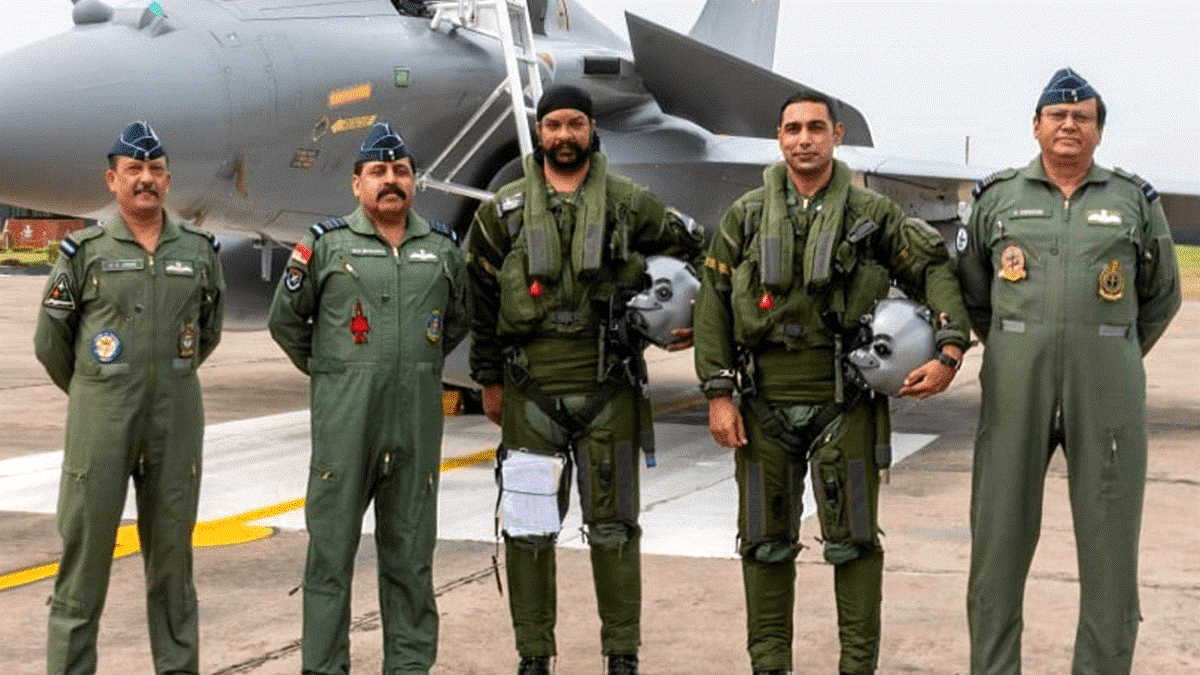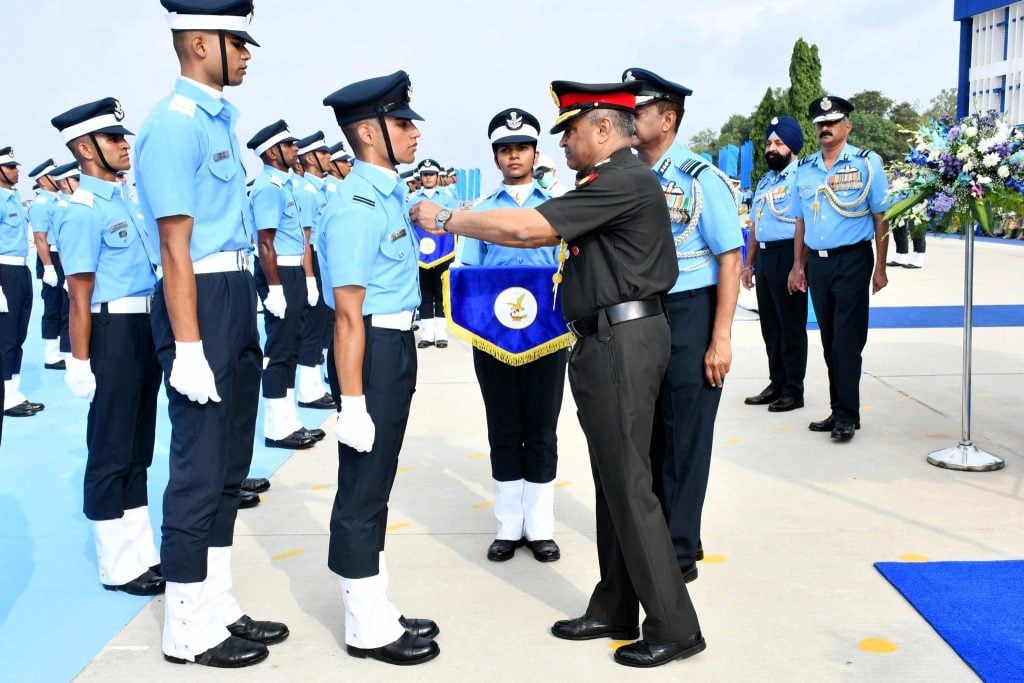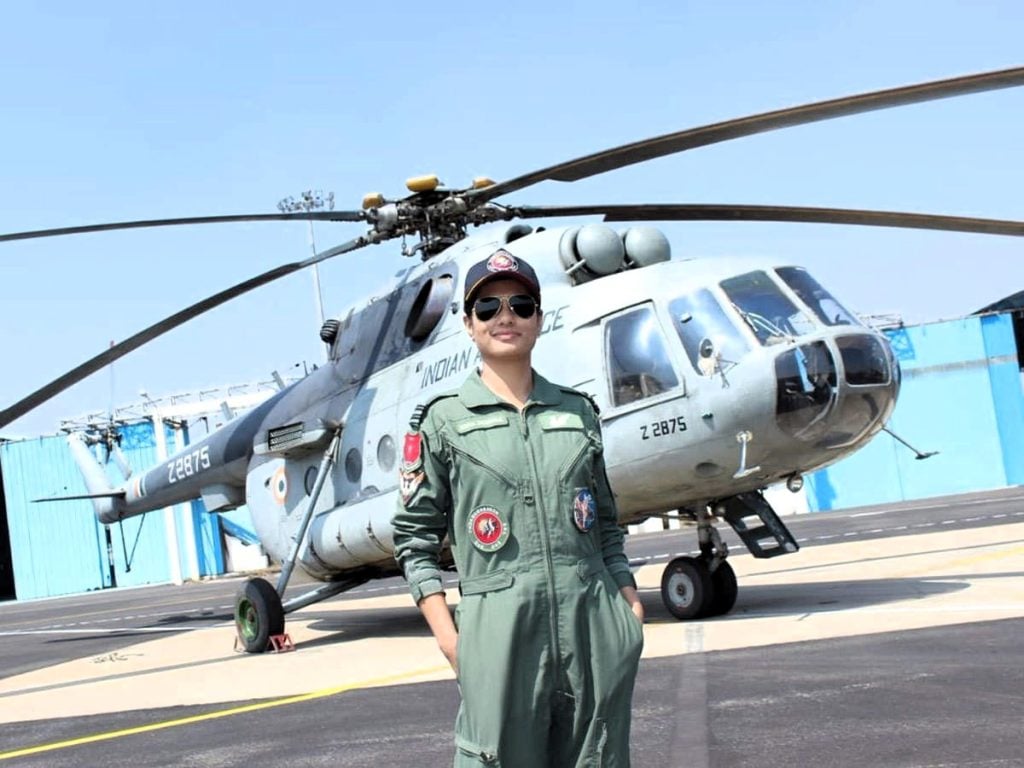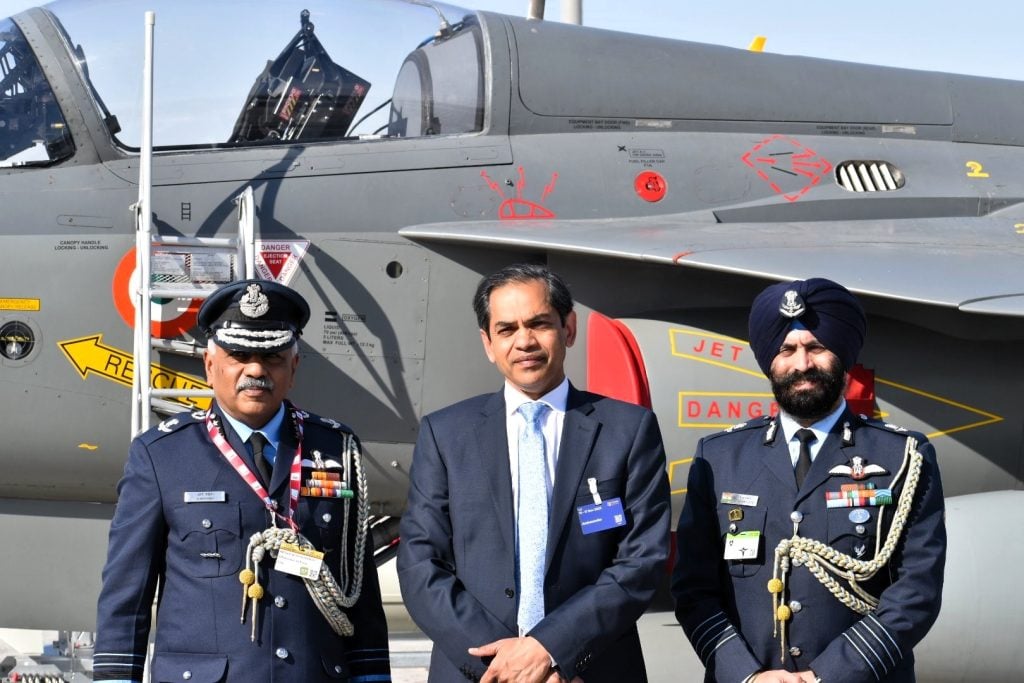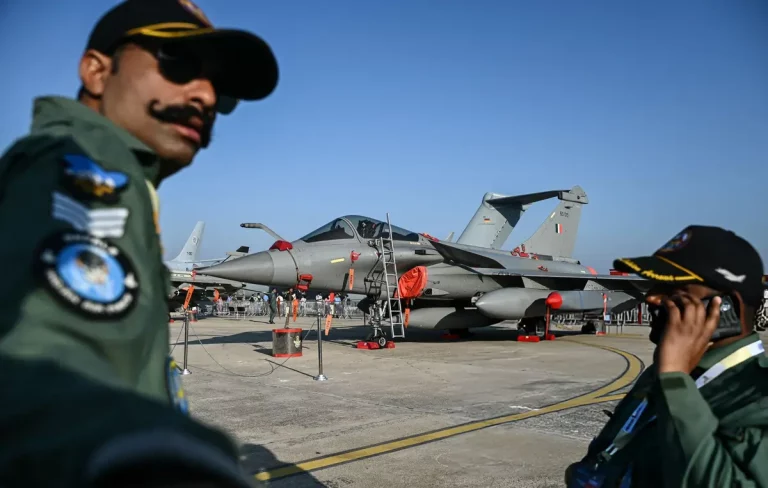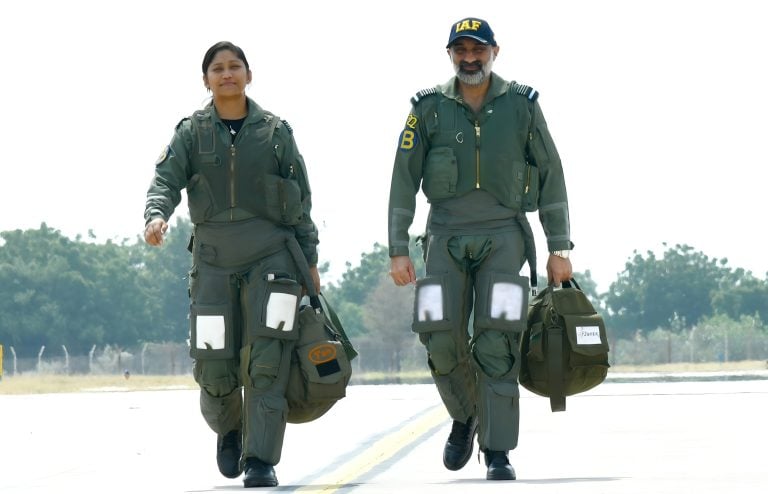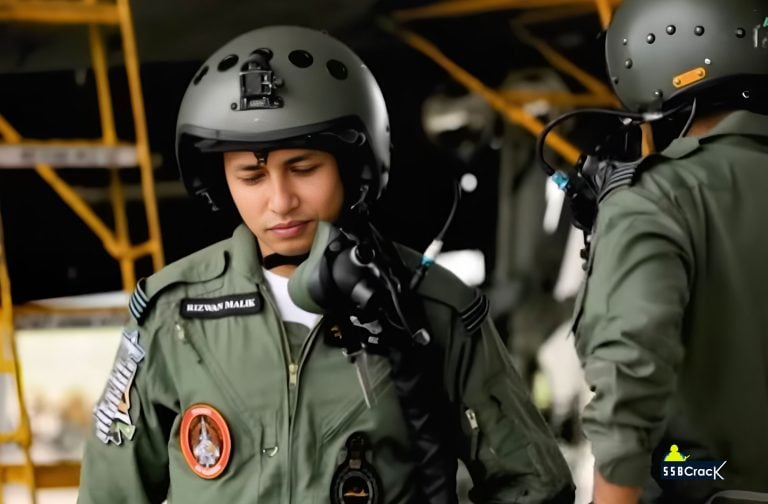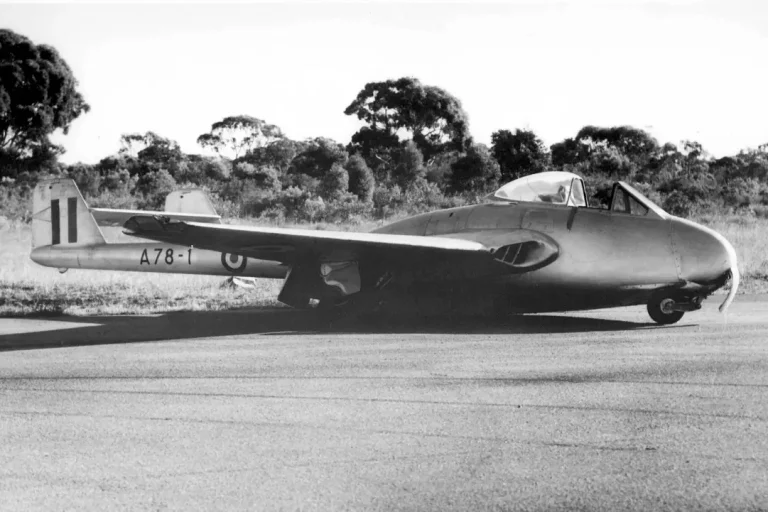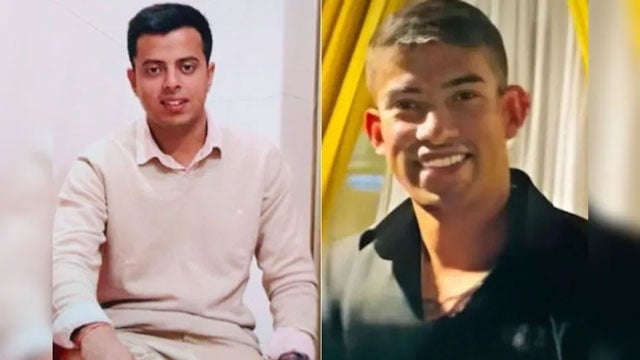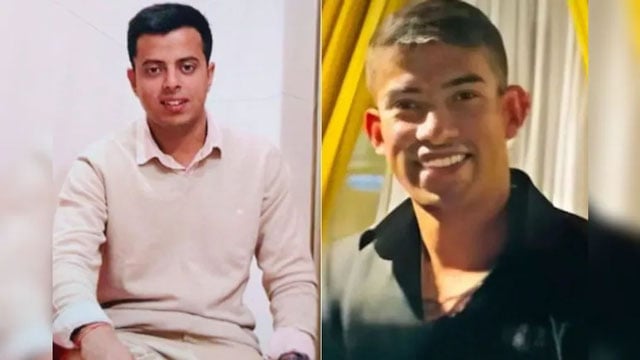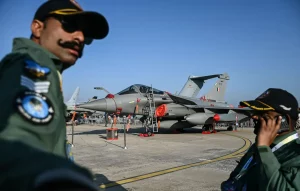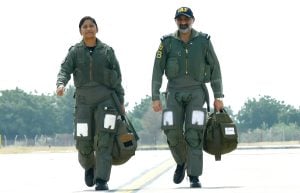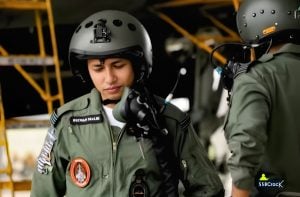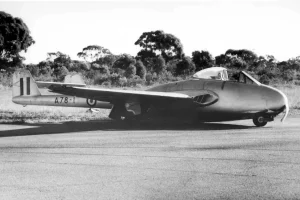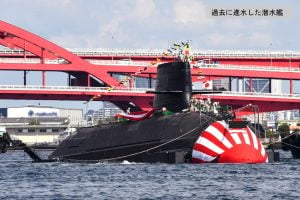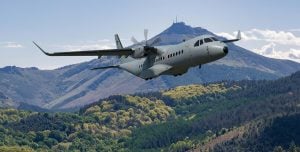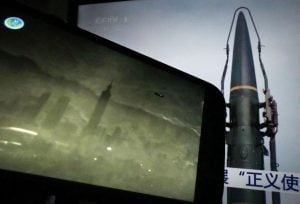The dream of soaring through the skies, commanding powerful fighter jets, and defending the nation’s airspace is a cherished aspiration for countless aviation enthusiasts. Becoming a fighter pilot in the esteemed Indian Air Force is a coveted career path that demands unwavering dedication, exceptional skills, and an unyielding spirit.
This comprehensive guide will take you on Steps to Join the Indian Air Force as a Fighter Pilot, empowering you to achieve your aviation ambitions.
Educational Qualifications
The first crucial step in the path to becoming a fighter pilot in the Indian Air Force is to fulfill the educational requirements. Aspiring candidates must have completed their 10+2 education, with Physics and Mathematics as compulsory subjects. Achieving a strong academic foundation in these core disciplines is essential, as it lays the groundwork for the technical and aeronautical competencies required for this dynamic role.
Developing the Right Traits for an Army Career
Navigating the Entry Pathways
The Indian Air Force offers multiple entry points for individuals to join the prestigious flying branch, catering to candidates at different stages of their educational and professional journeys.
National Defence Academy (NDA)
For young individuals who are yet to complete their graduation, the National Defence Academy (NDA) presents a prestigious gateway to the Indian Air Force. The NDA exam, conducted biannually by the Union Public Service Commission (UPSC), is a coveted opportunity for those seeking a career in the defense forces. Aspiring candidates can apply for the NDA examination during their 10+2 education, embarking on a journey that combines rigorous military training with academic excellence.
Combined Defence Services (CDS) Exam
For graduates in any discipline, the Combined Defence Services (CDS) exam offers an alternative route to join the flying branch. Also conducted by UPSC twice a year, the CDS exam welcomes talented individuals to pursue their dreams of becoming fighter pilots, providing them with the chance to serve the nation with distinction.
Air Force Common Admission Test (AFCAT)
Another pathway to the flying branch is through the Air Force Common Admission Test (AFCAT). This examination, conducted biannually by the Indian Air Force, offers opportunities for both male and female candidates to join as commissioned officers and embark on the thrilling journey to become fighter pilots.
NCC Special Entry
Individuals who possess the Air Wing Senior Division ‘C’ Certificate are eligible for the National Cadet Corps (NCC) Special Entry. This route allows men to apply for Permanent Commission, while both men and women can opt for Short Service Commission. Candidates can join the National Cadet Corps (NCC) Air Wing either through the Directorate General National Cadet Corps or their respective NCC Air Squadrons.
The Rigorous Selection Process
Clearing the written exam (NDA, CDS, or AFCAT) is just the beginning of the journey. Aspiring fighter pilots must then navigate the next phase of the selection process, which includes the challenging Services Selection Board (SSB) interview.
Services Selection Board (SSB) Interview
The SSB interview is a comprehensive assessment that evaluates the candidates’ aptitude, personality, leadership qualities, and overall suitability for a distinguished career in the Indian Air Force. This rigorous evaluation ensures that only the most exceptional individuals are selected to join the ranks of the elite fighter pilots.
Medical Examination
Candidates who successfully clear the SSB interview must then undergo a thorough medical examination to meet the stringent physical and health standards set by the Indian Air Force. Physical fitness and overall well-being are critical for aspiring fighter pilots, as they must be capable of handling the demands of aerial combat.
Pilot Aptitude Battery Test (PABT)
The final hurdle before training as a fighter pilot is the Pilot Aptitude Battery Test (PABT). This comprehensive assessment evaluates the candidates’ suitability for flying duties, ensuring that they possess the necessary cognitive abilities, spatial awareness, and decision-making skills to excel in the dynamic world of aerial warfare.
13 Essential Tips to Sharpen Your General Knowledge for Military Exams
Training at the Air Force Academy
Once the selection process is complete, the chosen candidates commence their journey as officers in the Indian Air Force at the esteemed Air Force Academy (AFA). Here, they undergo rigorous military training, learning the intricacies of aircraft operations, and honing the skills required for aerial excellence.
Basic Military Training
The initial phase of training at the Air Force Academy focuses on imparting essential military knowledge and discipline. Aspiring fighter pilots learn the fundamentals of military leadership, tactics, and the core values that define the Indian Air Force.
Mastering the Skies
As the training progresses, the candidates delve deeper into the art of flying, transitioning from basic aircraft to more advanced platforms. They learn to pilot a wide range of aircraft, including fighter jets, developing the expertise and confidence required to excel in aerial combat.
Specialization and Advanced Training
Upon completion of basic training, the selected candidates advance to specialized training, where they focus on becoming masters of their chosen aircraft. This phase involves extensive simulations, tactical exercises, and hands-on experience, preparing them for the ultimate role as defenders of the nation’s skies.
Soaring to New Heights
The journey to becoming a fighter pilot in the Indian Air Force culminates in the advanced training phase, where the chosen individuals hone their skills to the highest level of proficiency.
Mastering Aerial Combat
During this stage, the aspiring fighter pilots undergo intensive training in aerial combat tactics, weapons systems, and mission planning. They learn to harness the full capabilities of their aircraft, becoming true masters of the skies.
Pushing the Boundaries of Aviation
The advanced training also involves exposure to cutting-edge fighter jets, allowing the candidates to push the boundaries of aviation and develop the expertise required to handle the most sophisticated aerial platforms.
Forging an Unbreakable Spirit
Throughout the training process, the aspiring fighter pilots are instilled with a sense of unwavering dedication, courage, and a deep commitment to serving the nation. This forge an unbreakable spirit that will guide them as they take to the skies, ready to defend the nation’s airspace with unparalleled skill and determination.
5 Top Tips for Managing School and NDA Preparation Together
Embracing the Pinnacle of Military Aviation
Becoming a fighter pilot in the Indian Air Force is the culmination of a journey marked by relentless dedication, exceptional skills, and an unyielding spirit. These elite aviators embody the highest standards of bravery, safeguarding the nation’s skies with unwavering determination and a profound sense of purpose.
As they soar through the skies, commanding powerful fighter jets, these select individuals become the guardians of the nation, ready to confront any aerial threat with the utmost skill and valor. Their journey is a testament to the pursuit of excellence, the power of perseverance, and the unwavering commitment to serving the nation with honor and distinction.
FAQs
1. What is the exam for Air Force fighter pilot?
The AFCAT exam is available to both male and female candidates. The Indian Air Force conducts this test twice a year to recruit Short Service Commissioned Officers for a term of 14 years. Candidates are selected for the Technical and Ground Duty branches, providing a pathway to become a pilot in the Indian Air Force.
2. Which degree is best for a fighter pilot?
Fighter pilots typically study aerospace engineering, business, or history. Of these pilots, 86% have a bachelor’s degree, and 11% have a master’s degree. We examined 101 actual fighter pilot resumes to determine the common educational background listed in their education sections.
3. Who is eligible for Air Force Pilot?
Age: 20 to 24 years at the time the course begins. For candidates with a valid and current Commercial Pilot License issued by DGCA (India), the upper age limit is extended to 26 years at the time of course commencement. Gender: Both men and women are eligible. A minimum of 50% marks is required in both Mathematics and Physics at the 10+2 level.
4. How are fighter pilots selected in IAF?
Here are some entry options for those aiming to become fighter pilots in the Indian Air Force:
National Defence Academy (NDA) Exam: For candidates who have completed their 10+2 education.
Combined Defence Services (CDS) Exam: For graduates from any discipline.
5. Can I become Air Force pilot without NDA?
The main route to becoming a pilot in the Indian Air Force after completing 12th grade is by passing the National Defence Academy (NDA) Exam.
